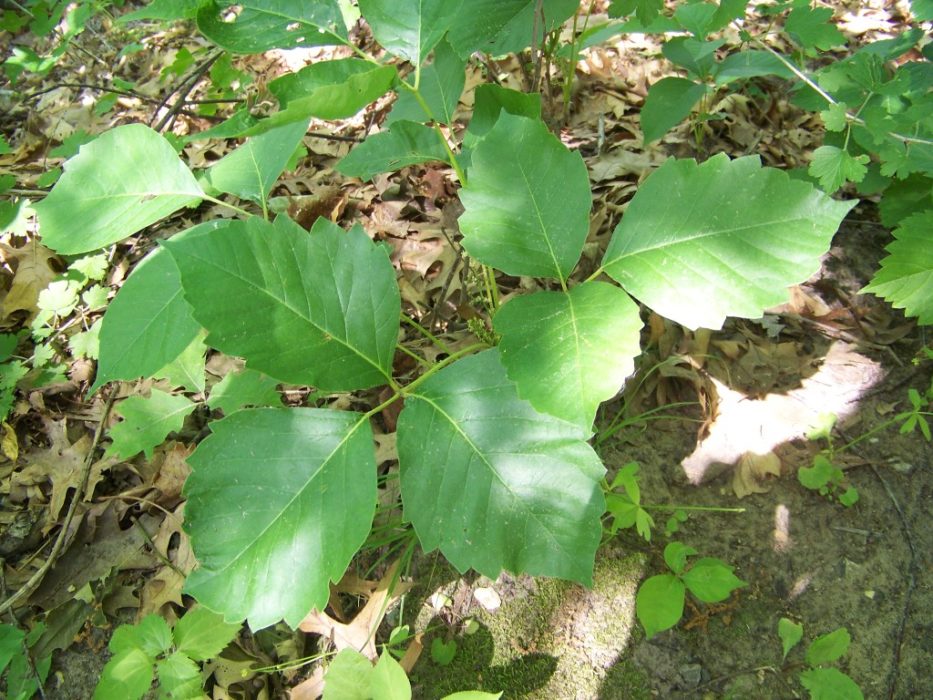
How to Protect Your Skin While Hiking
Your skin is the largest organ in your body and thus very susceptible to damage. When you’re out in the backcountry, it’s essential that you take care of your skin just as much as you take care of what’s inside of it. No matter where you are or what time of year it is, taking every precaution to keep your skin healthy will have you grateful in the long run.
There are many things out there in the wild that can damage your skin. Don’t want to wait until it’s too late. Hiking while you’re itchy, burnt, uncomfortable, or self-conscious isn’t how you should experience an adventure that should actually be making your skin glow. So, here’s what to look out for and how to treat your epidermis well while out on the trail:
The Sun
The biggest thing to be concerned about when it comes to being outdoors is no doubt, the Sun. The Sun can do both amazing and disastrous things to your skin and body, and if you don’t protect yourself against it, then you could paying for it later. In addition to dehydrating you, the Sun can cause wrinkles, marks, burns of irreversible damage, and of course, Melanoma. Because skin cancers take time to appear, many people often feel like it won’t happen to them, so they don’t care to take the proper precautions. Unfortunately, like many types of cancers, if you wait until that point, it might be too late.

How to Protect Yourself Against the Sun
The last thing people want to do when hiking somewhere hot is wear protective clothing. When the temperature is high, the weather is humid, and there’s a long trail ahead, we’d all prefer to wear a t-shirt and shorts. However, that just makes your skin a target. Fortunately, there’s plenty of lightweight gear out there that will protect you and keep you cool. Most rash guards have protection up to UPF 50 built into them, made from materials like polyester or lycra to keep you comfortable.
Additionally, you should always wear a hat to protect your scalp, and always, always put on sunscreen; even if it feels like the sun ‘isn’t out.’ Get a sunblock that is SPF 30 or over, and avoid waterproof ones or spray ones; they just don’t work as well. Avon Skin-So-Soft is great because it protects against bugs like deer ticks, in addition to the sun! Which brings us to our next topic…
Bug Bites
A little mosquito bite here or there isn’t that big of a deal. However, getting mosquito bites all over your body that swell, bleed when you scratch them, and get irritated, can really put a damper on your adventure. Some people get allergic reactions to such bites, that even require medical attention. Hikers have to be aware of all the bugs out there, like wasps, deer ticks, mosquitoes carrying West Nile, fire ants, and other creepy crawlies that are not fun to deal with.
How to Protect Yourself Against Bug Bites
Just like the Sun, when it comes to bugs, it’s important to cover any exposed skin as best as possible. Many hikers choose to tuck their pants into their socks for extra protection, and those with long hair should tie it up to prevent ticks from latching on. Bug spray is good to use, as well as other forms of insect repellents, like bracelets, lanterns, permethrin-treated clothing, etc. If you get a bite, keep an eye on it and apply some hydrocortisone cream to stop the itch. Make sure your body isn’t suffering from a more serious allergy from a bite or sting, and perhaps take a anti-histamine if you think there could be a more serious reaction.
Plants
If you’ve ever had Poison Ivy before, then you know just how horrible it is. The rash that’s only contagious to yourself but attacks your skin like the Plague. People get the rash from the oils, or the urushiol, getting on them, which makes it spread. Worse of all, there’s other plants out there that can also give similar rashes, like Poison Oak or Poison Sumac.
How to Protect Yourself Against Poisonous Plants
The first thing is to know is how these plants look. Poison Ivy can be very difficult to recognize, though it always comes in leaves of three, which are shiny, medium sized, and typically a dark green color. However, they do blend in with other leaves well, so if you’re unsure, don’t take the risk; just walk away.
Wear rash guards and other protective clothing. Don’t walk in shrubby areas. There’s also a cool thing called Ivy Block which contains bentoquatam, a block that can prevent the oils from getting on your skin. If you think you’ve come in contact with it and notice a rash, don’t touch it! Change your clothes, clean off your body, and minimize the discomfort using thick anti-itch creams or calamine lotion.

When you’re out hiking, it’s crucial that you take care of your skin just as much as any other part of your body. By taking these precautions, you can help prevent more serious conditions from happening later on.













